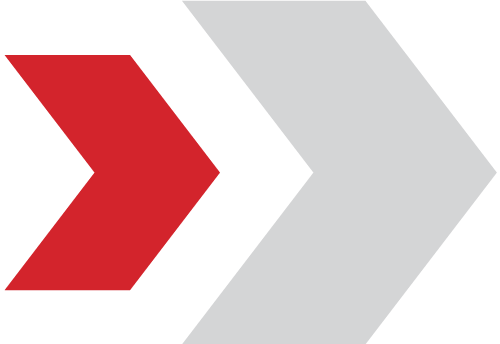Rope Rigging (Int.)
Who should attend:
Qualified Fall Arrest and Rope Access Level 1 technicians, who need to lift and lower loads of up to 100 kg using Rope Access and Fall Arrest equipment.
Qualified Fall Arrest and Rope Access Level 1 technicians, who need to lift and lower loads of up to 100 kg using Rope Access and Fall Arrest equipment.
Entry Requirements:
- Copy of identification document / passport.
- Be in possession of a valid medical certificate.
- Copy of a valid Fall Arrest & Basic Rescue certificate.
- Safety shoes.
- Learners must have basic numeric literacy and be able to understand, read and write English (special needs candidates can be accommodated on request).
Price per Person:
*Price available on request.
COURSE DURATION:
Days: 2

Candidates Allowed per Group:
Minimum: 8
Maximum: 12
*Please communicate preferred group sizes to the relevant bookings personnel as some clients may require smaller groups. Please be aware that smaller group sizes may affect your course price.
Course Specifics:
Aligned to US14706 – Perform basic rigging procedures.
Certificate is valid for 3 years.
Designation: Rope Rigging Technician (Int).
COURSE CONTENT:
Theoretical Knowledge:
- Introduction to rope rigging.
- Rope rigging definitions.
- Standards regarding rope rigging.
- Understanding on-site risk assessments.
- Implementing a lifting plan.
- Appropriate equipment care and pre-use climbing inspection methods.
- Identification of anchor points.
- Identification and use of climbing equipment used for rope rigging.
- Limitations of climbing equipment used for rigging.
- Understanding the advantages of a “buddy system”.
- Managing sharp edges.
- Managing minimum free board.
- Understanding the effects of mechanical advantage systems.
- Slinging and rigging principles.
Practical Skills:
- Assemble various lifting systems.
- Sling various objects for lifting.
- Rope coiling/bagging.
- Selecting safe anchoring points.
- Making and using various rope knots.
- Mechanical advantage systems:
6.1 Max 40kg using a 1:1 system.
6.2 Max 100kg using a 3:1 system. - Managing minimum free board.
- Lowering a variety of loads.
- Lifting a variety of loads.
- Managing guide ropes.
- Implementing the “buddy system”.
- Implementing the risk assessment under a supervisor’s instruction.
- Implementing the lifting plan.
- Implementing the slinging and rigging principles.
IMPORTANT NOTES:
- All training is done in accordance with local and international best practices as well as local acts and regulations.
- Relevant standards require a minimum of 2 competent Rope Rigging Technicians (who are in possession of valid Rope Rigging certificates) to be on-site at all times during any lifting process.
- Gravity Training can not be held responsible for any unsafe and unlawful acts or behavior as this is the duty of the technician to ensure his/her own safety and the safety of others on the work site.

